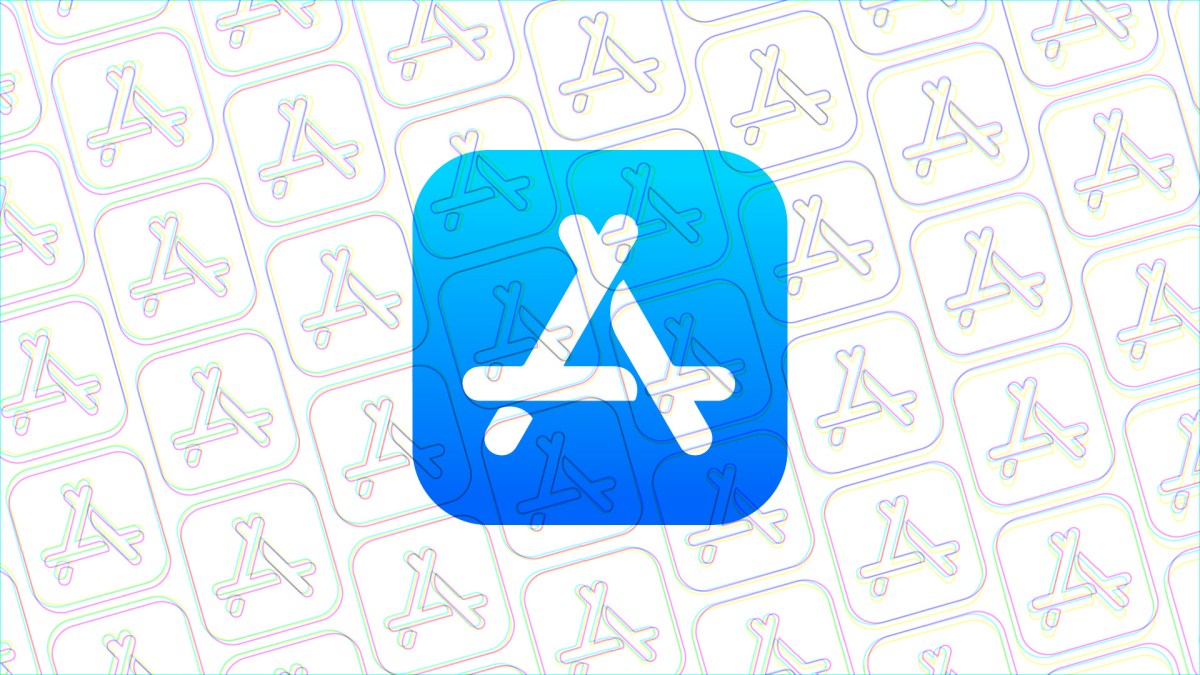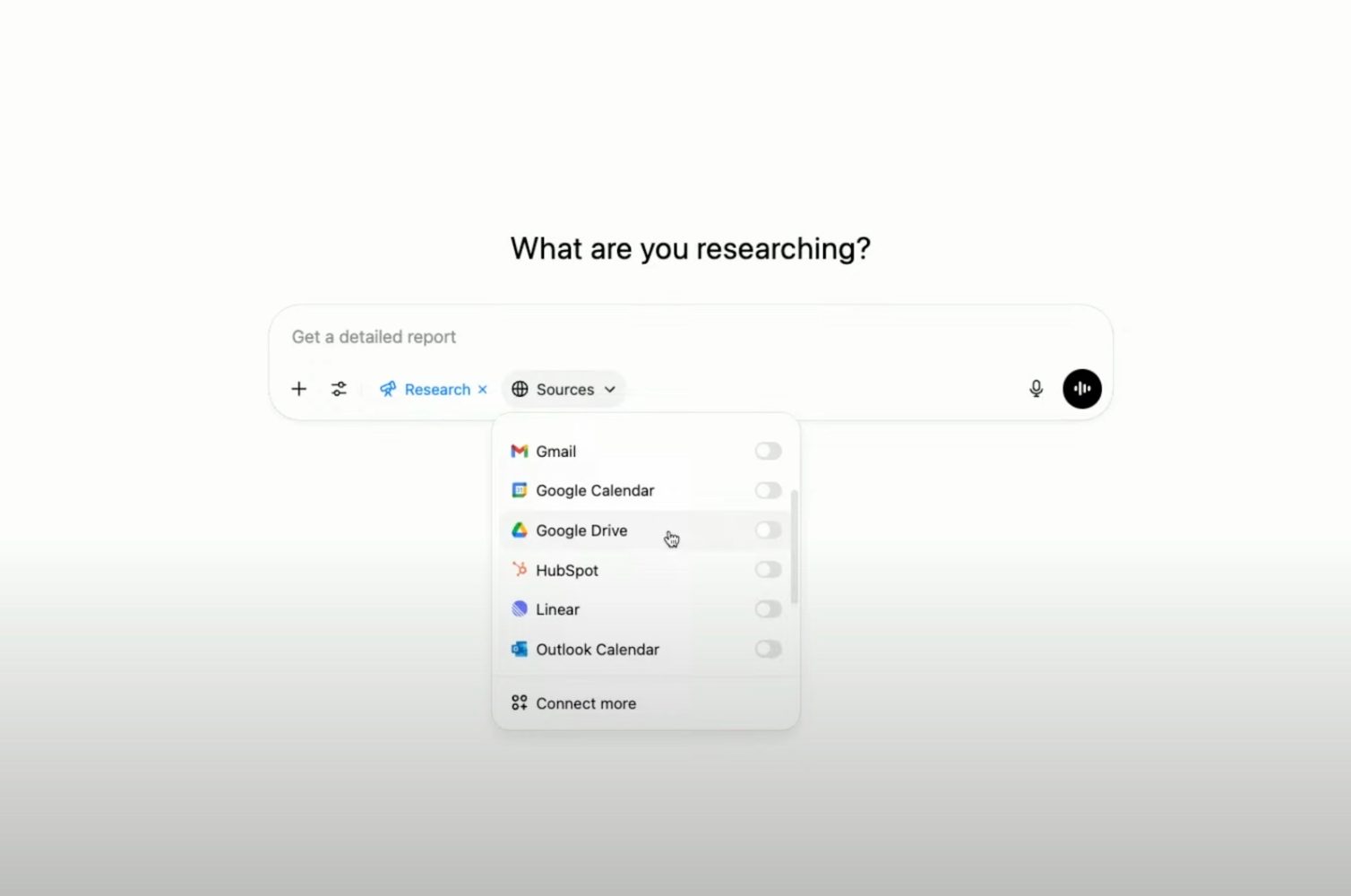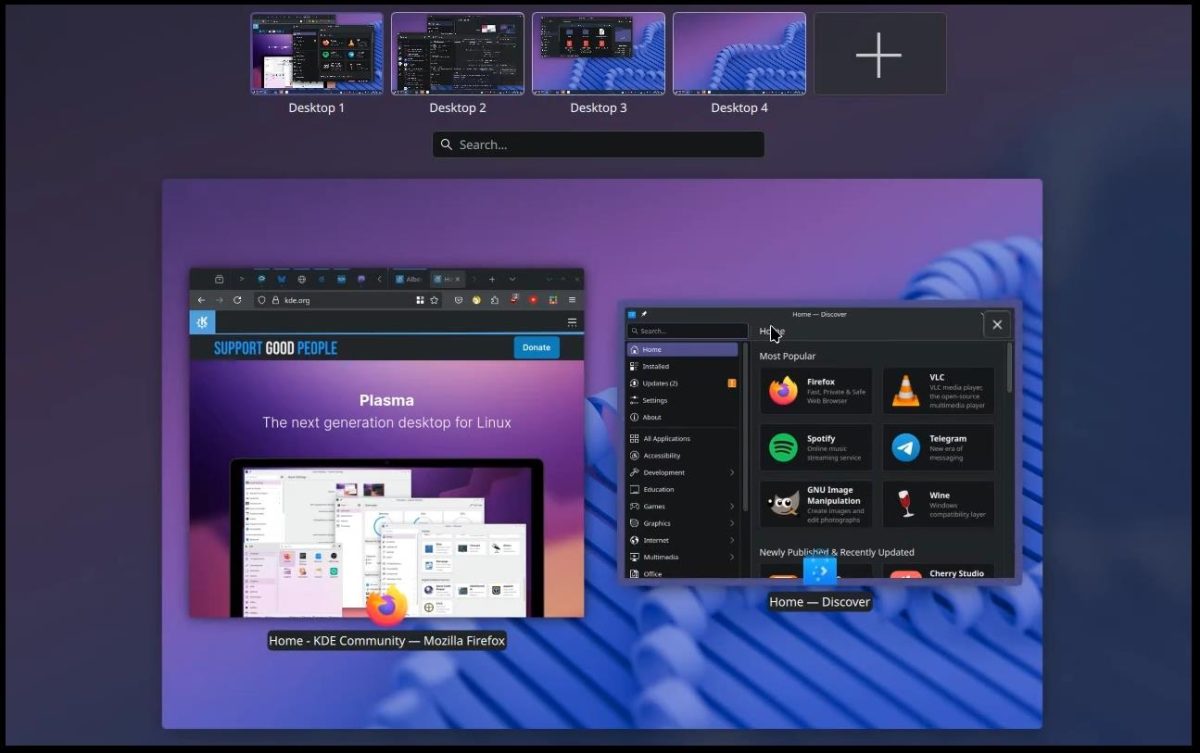Top 10 JavaScript Key Points Every Developer Should Know
JavaScript is one of the most widely used programming languages in the world, powering everything from simple websites to complex web applications. Understanding the fundamental JavaScript key points is essential for any developer looking to write efficient, maintainable, and scalable code. Whether you are a beginner or an experienced coder brushing up on your skills, knowing these key aspects of JavaScript will help you write better code and solve problems more effectively. In this blog, we will explore the top 10 JavaScript key points every developer should know to excel in their projects. Understanding Variables and Data Types in JavaScript One of the most basic yet crucial JavaScript key points is mastering how variables work and the different data types available. JavaScript has three ways to declare variables: var, let, and const. Each has its own scope and behavior, making it important to understand when to use which. Data types in JavaScript include primitives like strings, numbers, booleans, null, undefined, and symbols, as well as complex types like objects and arrays. Knowing how JavaScript handles these types, including type coercion and dynamic typing, will prevent many bugs and help write clearer code. ** Mastering Functions and Their Various Forms **Functions are fundamental building blocks in JavaScript, enabling reusable code and modularity. Whether you are using function declarations, function expressions, or arrow functions, understanding their syntax and behavior is critical. Arrow functions, for instance, have a lexical this binding, which can be quite different from traditional functions. Closures, a unique feature in JavaScript, allow functions to access variables from an outer scope, which is a powerful concept to manage data privacy and state within applications. The Importance of Scope and Hoisting Another vital JavaScript key point is understanding how scope and hoisting work. JavaScript uses lexical scoping, which means the scope of variables is determined by their position in the code during compilation. Variables declared with var are hoisted and initialized as undefined, while let and const declarations are hoisted but not initialized, leading to the “temporal dead zone.” Misunderstanding these concepts can cause unexpected behavior and bugs, so mastering scope and hoisting ensures your variables behave as expected. Working with Objects and Arrays Efficiently Objects and arrays are the backbone of JavaScript programming, used to store collections of data. Knowing how to create, access, modify, and iterate over these structures is an essential JavaScript key point. JavaScript provides numerous methods like map(), filter(), reduce() for arrays, and tools such as Object.keys() and Object.entries() for objects. Understanding these methods allows developers to write concise and powerful data manipulation code. Asynchronous JavaScript: Callbacks, Promises, and Async/Await Handling asynchronous operations is a major part of JavaScript development, especially for tasks like API calls, timers, or reading files. Early JavaScript relied on callbacks, which often led to “callback hell.” Promises introduced a cleaner way to handle async code, making it more manageable. Modern JavaScript uses async and await syntax, which allows asynchronous code to look and behave like synchronous code, improving readability and error handling. Prototypes and Inheritance in JavaScript JavaScript uses prototype-based inheritance, which differs from classical inheritance in other languages. Every object has a prototype, and properties or methods not found on the object itself are looked up on its prototype chain. Understanding how prototypes work is a key JavaScript point that helps developers extend objects, implement inheritance, and optimize code reuse without the need for classes—although ES6 introduced the class syntax as syntactic sugar. Event Handling and the Event Loop JavaScript is built for interactive web pages, and handling events like clicks, keyboard input, or form submissions is vital. The event loop mechanism ensures JavaScript remains non-blocking by managing the call stack and task queue efficiently. Understanding this loop, along with concepts like event bubbling and capturing, helps developers write responsive and efficient code that reacts seamlessly to user actions. Error Handling and Debugging Techniques Writing robust code means preparing for errors and handling them gracefully. JavaScript offers try-catch-finally blocks for error handling, enabling your application to recover or fail gracefully. Modern debugging tools, such as browser developer consoles, breakpoints, and stack traces, allow developers to inspect and fix issues quickly. Knowing how to use these tools and best practices for error handling is an essential JavaScript key point. Modular JavaScript: Organizing Code wit

JavaScript is one of the most widely used programming languages in the world, powering everything from simple websites to complex web applications. Understanding the fundamental JavaScript key points is essential for any developer looking to write efficient, maintainable, and scalable code. Whether you are a beginner or an experienced coder brushing up on your skills, knowing these key aspects of JavaScript will help you write better code and solve problems more effectively. In this blog, we will explore the top 10 JavaScript key points every developer should know to excel in their projects.
Understanding Variables and Data Types in JavaScript
One of the most basic yet crucial JavaScript key points is mastering how variables work and the different data types available. JavaScript has three ways to declare variables: var, let, and const. Each has its own scope and behavior, making it important to understand when to use which. Data types in JavaScript include primitives like strings, numbers, booleans, null, undefined, and symbols, as well as complex types like objects and arrays. Knowing how JavaScript handles these types, including type coercion and dynamic typing, will prevent many bugs and help write clearer code.
**
Mastering Functions and Their Various Forms
**Functions are fundamental building blocks in JavaScript, enabling reusable code and modularity. Whether you are using function declarations, function expressions, or arrow functions, understanding their syntax and behavior is critical. Arrow functions, for instance, have a lexical this binding, which can be quite different from traditional functions. Closures, a unique feature in JavaScript, allow functions to access variables from an outer scope, which is a powerful concept to manage data privacy and state within applications.
The Importance of Scope and Hoisting
Another vital JavaScript key point is understanding how scope and hoisting work. JavaScript uses lexical scoping, which means the scope of variables is determined by their position in the code during compilation. Variables declared with var are hoisted and initialized as undefined, while let and const declarations are hoisted but not initialized, leading to the “temporal dead zone.” Misunderstanding these concepts can cause unexpected behavior and bugs, so mastering scope and hoisting ensures your variables behave as expected.
Working with Objects and Arrays Efficiently
Objects and arrays are the backbone of JavaScript programming, used to store collections of data. Knowing how to create, access, modify, and iterate over these structures is an essential JavaScript key point. JavaScript provides numerous methods like map(), filter(), reduce() for arrays, and tools such as Object.keys() and Object.entries() for objects. Understanding these methods allows developers to write concise and powerful data manipulation code.
Asynchronous JavaScript: Callbacks, Promises, and Async/Await
Handling asynchronous operations is a major part of JavaScript development, especially for tasks like API calls, timers, or reading files. Early JavaScript relied on callbacks, which often led to “callback hell.” Promises introduced a cleaner way to handle async code, making it more manageable. Modern JavaScript uses async and await syntax, which allows asynchronous code to look and behave like synchronous code, improving readability and error handling.
Prototypes and Inheritance in JavaScript
JavaScript uses prototype-based inheritance, which differs from classical inheritance in other languages. Every object has a prototype, and properties or methods not found on the object itself are looked up on its prototype chain. Understanding how prototypes work is a key JavaScript point that helps developers extend objects, implement inheritance, and optimize code reuse without the need for classes—although ES6 introduced the class syntax as syntactic sugar.
Event Handling and the Event Loop
JavaScript is built for interactive web pages, and handling events like clicks, keyboard input, or form submissions is vital. The event loop mechanism ensures JavaScript remains non-blocking by managing the call stack and task queue efficiently. Understanding this loop, along with concepts like event bubbling and capturing, helps developers write responsive and efficient code that reacts seamlessly to user actions.
Error Handling and Debugging Techniques
Writing robust code means preparing for errors and handling them gracefully. JavaScript offers try-catch-finally blocks for error handling, enabling your application to recover or fail gracefully. Modern debugging tools, such as browser developer consoles, breakpoints, and stack traces, allow developers to inspect and fix issues quickly. Knowing how to use these tools and best practices for error handling is an essential JavaScript key point.
Modular JavaScript: Organizing Code with Modules
As applications grow, organizing code into modules is critical for maintainability and scalability. ES6 introduced native support for modules, allowing developers to import and export functionality between files cleanly. Using modules helps prevent global namespace pollution, makes code reusable, and improves collaboration within development teams.
Optimizing Performance for Better User Experience
Finally, understanding JavaScript performance optimization is crucial. Efficient coding practices include minimizing DOM manipulations, debouncing or throttling events, lazy loading resources, and optimizing loops and algorithms. Profiling tools can help identify bottlenecks. Keeping your JavaScript code performant ensures faster load times, smoother interactions, and an overall better user experience.
Frequently Asked Questions (FAQs)
Q1: Why are JavaScript key points important for developers?
Understanding JavaScript key points ensures developers write efficient, bug-free code and helps them make informed decisions while building applications, improving both performance and maintainability.
Q2: How can I avoid common pitfalls with JavaScript variables?
Learn the differences between var, let, and const, and understand scope and hoisting. Using let and const appropriately can help avoid unexpected behavior caused by variable hoisting or scope leakage.
Q3: What is the best way to handle asynchronous operations in JavaScript?
Modern JavaScript favors async/await for clearer and more manageable asynchronous code. Promises are also useful, an
d callbacks should be avoided for complex async logic to prevent “callback hell.”
Q4: How do JavaScript modules improve coding?
Modules allow you to break code into reusable pieces, avoid global variables, and keep your codebase organized, making it easier to maintain and scale.















































































































































































![[The AI Show Episode 151]: Anthropic CEO: AI Will Destroy 50% of Entry-Level Jobs, Veo 3’s Scary Lifelike Videos, Meta Aims to Fully Automate Ads & Perplexity’s Burning Cash](https://www.marketingaiinstitute.com/hubfs/ep%20151%20cover.png)

























































































































![[DEALS] FileJump 2TB Cloud Storage: Lifetime Subscription (85% off) & Other Deals Up To 98% Off – Offers End Soon!](https://www.javacodegeeks.com/wp-content/uploads/2012/12/jcg-logo.jpg)












































































































































_Suriya_Phosri_Alamy.jpg?width=1280&auto=webp&quality=80&disable=upscale#)




























































































![Epic Games: Apple’s attempt to pause App Store antitrust order fails [U]](https://i0.wp.com/9to5mac.com/wp-content/uploads/sites/6/2025/05/epic-games-app-store.jpg?resize=1200%2C628&quality=82&strip=all&ssl=1)






![Does the Galaxy Watch 8 ‘squircle’ design appeal to you? [Poll]](https://i0.wp.com/9to5google.com/wp-content/uploads/sites/4/2025/05/galaxy-watch-8-classic-render-leak-3.jpg?resize=1200%2C628&quality=82&strip=all&ssl=1)























































































